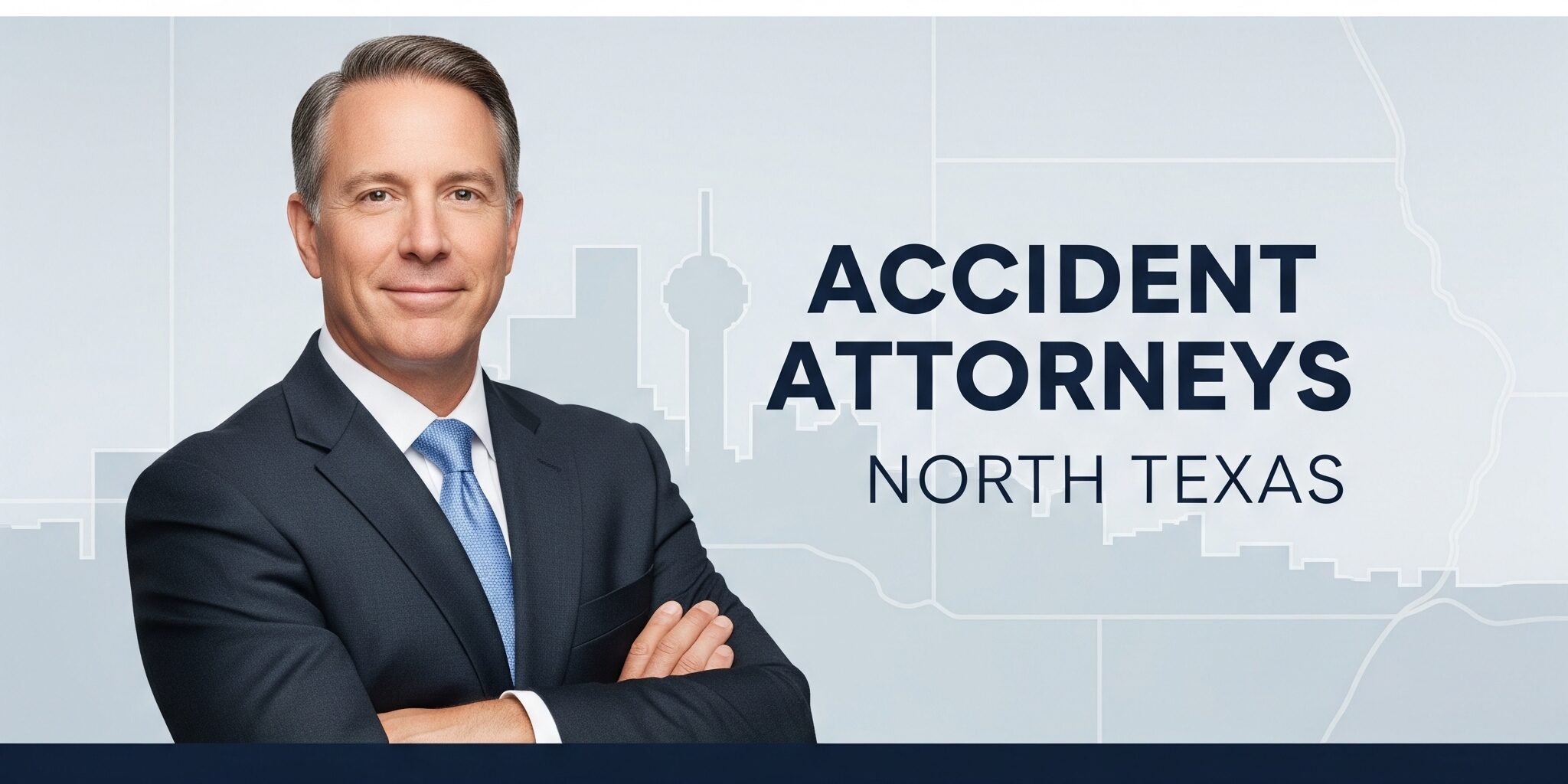Last Updated on June 27, 2025 by Beltz Law Group

Accident Lawyers North Texas
The Evolving Landscape of Vehicle Safety: Are Advanced Features Making Texas Roads Safer?
Beltz Law Group: 214-321-4105
For over a century, the automotive industry has sought to make vehicles safer, responding to the persistent challenge of accidents and fatalities. While traditional safety features like seatbelts and airbags have saved countless lives, a new era of automotive safety has dawned with the widespread adoption of Advanced Driver-Assistance Systems (ADAS). These sophisticated technologies aim not just to mitigate injury during a crash, but to actively prevent accidents from happening in the first place.
Today’s vehicles, particularly mid to high-end models, are increasingly equipped with an array of ADAS features designed to enhance driver awareness, assist with control, and even intervene autonomously when danger is detected. But are these innovations truly making our roads safer, and what happens when an accident still occurs?
The Rise of Advanced Driver-Assistance Systems (ADAS)
ADAS represents a significant leap from passive safety to active prevention. These systems use a combination of sensors, cameras, radar, and software to monitor the vehicle’s surroundings and the driver’s behavior. They are designed to provide alerts, warnings, and in some cases, even take control to avoid or lessen the severity of a collision.
Let’s explore some of the most impactful modern safety features and their documented effectiveness:
-

North Texas Accident Attorneys
Automatic Emergency Braking (AEB) & Forward Collision Warning (FCW): These systems use sensors to detect potential frontal collisions. FCW alerts the driver, while AEB can automatically apply the brakes if the driver doesn’t react in time.
- Effectiveness: Studies by the Insurance Institute for Highway Safety (IIHS) show that FCW systems reduce rear-end crashes by 27%. When combined with AEB, the reduction in police-reported crashes can be as high as 50%. This makes AEB one of the most effective crash prevention technologies.
- Blind Spot Monitoring (BSM): BSM systems use sensors to detect vehicles in a driver’s blind spots and provide visual or audible warnings.
- Effectiveness: IIHS data indicates that vehicles equipped with blind-spot monitoring have a 14% lower crash involvement rate compared to those without.
- Lane Departure Warning (LDW) & Lane Keeping Assist (LKA): LDW alerts drivers when they drift out of their lane without signaling. LKA can gently steer the vehicle back into its lane.
- Effectiveness: Research suggests that LKA can lead to a significant reduction in crashes, with some studies pointing to a 19.1% reduction. These features are particularly effective in combating accidents caused by driver fatigue or momentary distraction.
- Rear Cross-Traffic Alert & Backup Cameras: Backup cameras provide a view of the area behind the vehicle when reversing. Rear cross-traffic alert warns drivers of approaching vehicles when backing out of a parking space or driveway.
- Effectiveness: Both features are highly effective at preventing low-speed collisions and pedestrian accidents in parking lots. Backup cameras became mandatory in all new passenger vehicles in 2018 due to their proven safety benefits.
-

Trucking Accident Lawyer North Texas
Adaptive Cruise Control (ACC): This system automatically adjusts the vehicle’s speed to maintain a safe following distance from the car ahead.
- Effectiveness: While ACC enhances comfort and reduces driver fatigue on long drives, some studies suggest a slight increase in crash risk (around 1.8%) due to potential driver complacency or system limitations in detecting stationary obstacles.
- Pedestrian Detection: Using cameras and radar, these systems identify pedestrians in the vehicle’s path and can alert the driver or initiate braking.
- Effectiveness: Studies indicate that vehicles equipped with pedestrian detection can reduce accidents involving pedestrians by nearly 30%.
- Driver Monitoring Systems (DMS): These newer systems use cameras or sensors to track a driver’s attention, alerting them if they show signs of drowsiness or distraction.
The Statistical Impact on Road Safety
The proliferation of ADAS features is widely credited with contributing to a noticeable decline in overall traffic fatalities in recent years. The National Highway Traffic Safety Administration (NHTSA) reported a continued decline in fatalities in 2023, with early 2024 estimates also suggesting a downward trend. This positive shift is a testament to the combined efforts of improved vehicle technology, infrastructure, and enforcement. The global market for active safety features continues to grow rapidly, projected to reach significant revenues by 2025 and beyond, reflecting ongoing investment in these life-saving technologies.
The Double-Edged Sword: Over-Reliance and Limitations
While the benefits of ADAS are undeniable, a growing concern is the potential for driver over-reliance on these technologies. These systems are designed to assist, not replace, an attentive driver.
- False Sense of Security: Drivers may become complacent, assuming the technology will handle all scenarios, leading to reduced vigilance. Studies have shown drivers are more likely to engage in distracted behaviors when ADAS features are active.
- System Limitations: ADAS are not infallible. Their performance can be compromised by:
- Adverse Weather: Rain, fog, or snow can obscure sensors and cameras.
- Poor Road Markings: Lane-keeping systems may struggle on faded or unclear lines.
- Sensor Malfunctions: Dirt, ice, or damage can impede sensor effectiveness, leading to false alerts or missed warnings.
- Incomplete Automation: Most ADAS provide Level 1 or 2 automation, meaning the driver must remain actively engaged and ready to take control. Assuming full autonomy can lead to dangerous situations.
- Increased Repair Costs: The sophisticated sensors and cameras integrated into ADAS make post-accident repairs significantly more complex and expensive. Even minor collisions can damage these delicate components, requiring specialized tools, calibration, and increasing insurance claims and potential vehicle write-offs.

North Texas Accident Lawyer
The Human Element Remains Critical
Despite these technological advancements, human error remains a dominant factor in most accidents. No safety feature can replace a vigilant, attentive, and responsible driver. The best practice for road safety in Texas involves:
- Understanding Your Vehicle: Know what your car’s safety features can and cannot do.
- Staying Engaged: Always keep your eyes on the road and your hands on the wheel. Do not assume technology will prevent all accidents.
- Practicing Defensive Driving: Anticipate hazards and be prepared to react, even if your car has advanced systems.
- Avoiding Distractions: Put away phones and other distractions.
When Technology Fails or Negligence Occurs, The Beltz Law Group Can Help
Even with the most advanced safety features, accidents still happen. When they do, the circumstances can be incredibly complex, especially if there’s a question of whether technology played a role, either by failing or by fostering driver over-reliance.

Severe Accident Lawyer
If you’ve been involved in an accident in Texas, the experienced personal injury attorneys at the Beltz Law Group understand the intricate dynamics of modern vehicle collisions. We can:
- Investigate the Role of Vehicle Technology: Our team can work with experts to determine if a safety feature malfunctioned or if driver over-reliance on ADAS contributed to the crash.
- Identify All Liable Parties: Whether it’s a negligent driver, a vehicle manufacturer, or another entity, we will work to hold all responsible parties accountable.
- Navigate Complex Insurance Claims: We understand how advanced safety features impact vehicle damage assessments and repair costs, and we will fight to ensure you receive fair compensation.
- Protect Your Rights: We will handle all communications with insurance companies, allowing you to focus on your recovery.
If you or a loved one has been injured in a car accident in Texas, contact the Beltz Law Group for a free, no-obligation consultation. We are dedicated to advocating for victims and securing the justice they deserve.
Call us today at 214-321-4105.



